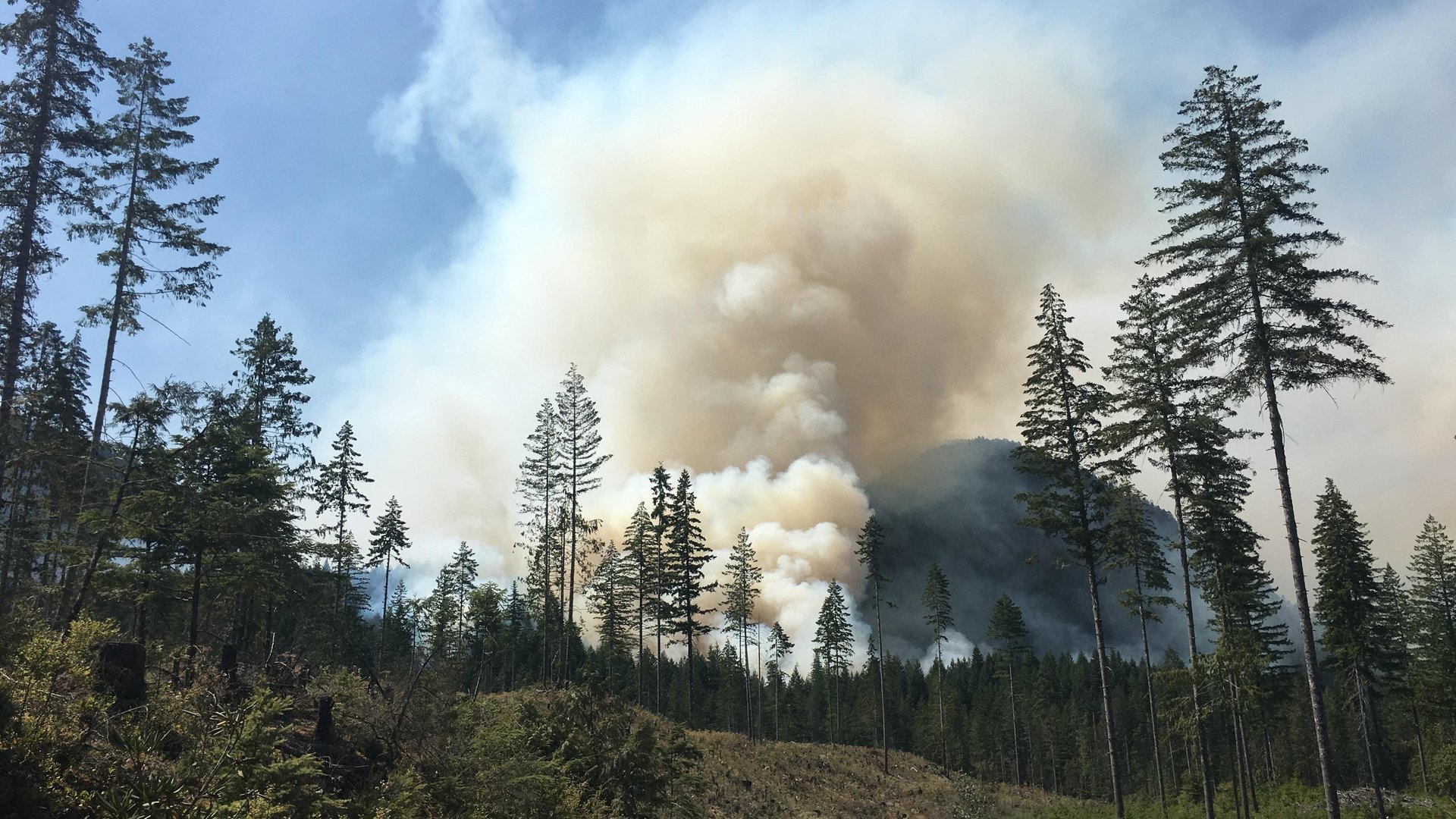Tree thieves are the scourge of national forests
The name “Maple Fire” doesn’t quite do it justice. In August 2018, a wildfire razed 3,300 acres of ancient forest in Washington state—burying Seattle in smoke and costing taxpayers $4.5 million before firefighters were able to extinguish the flames.


The name “Maple Fire” doesn’t quite do it justice. In August 2018, a wildfire razed 3,300 acres of ancient forest in Washington state—burying Seattle in smoke and costing taxpayers $4.5 million before firefighters were able to extinguish the flames.
But the cause of this devastating blaze is even more bewildering: Two bungling criminals who were allegedly attempting to steal a big, beautiful old tree.
According to a recent indictment by the US justice department, the duo had planned to illegally fell a bigleaf maple in Olympic National Forest, only to find themselves thwarted by a huge bee nest in its branches. After failing to wipe out the pesky bees with wasp killer, they doused the nest in gasoline and lit it on fire. Though they tried to extinguish them with water bottles, the flames quickly spread.
The charges highlight the increasingly expensive problem for national forests posed by tree thieves. Wood from bigleaf maples fetches a handsome price. Thanks to the aesthetic appeal of its unusually wavy grain, this “figured wood” is coveted by mills that use it to make guitars.
Though essential parts of local ecosystems, these high-value trees are thinly guarded by overstretched national forest law enforcement officials. That makes them easy prey for chainsaw-wielding poachers.
For instance, before (allegedly) torching patches of Olympic National Forest, the defendants in this latest indictment had already sold thousands of dollars worth of wood to a local mill, camping for several days and hacking maples by night to identify trees with the desired pattern.
Based on other recent indictments, the strategy is not uncommon. Indeed, the trees are sometimes called “meth maples,” since they’re favored by drug addicts as a quick way to make a black-market buck, according to World Resources Institute. The US forest service spends as much as $100 million each year fighting the illegal trade, according to an investigation by High Country News.
The good news is that the US forest service has made big strides in using DNA analysis to bust illegal timber, allowing officials to match stumps left by poachers with finished wood. To help with personnel shortages, the agency is partnering with a group that drafts forest-going volunteers to sample trees.